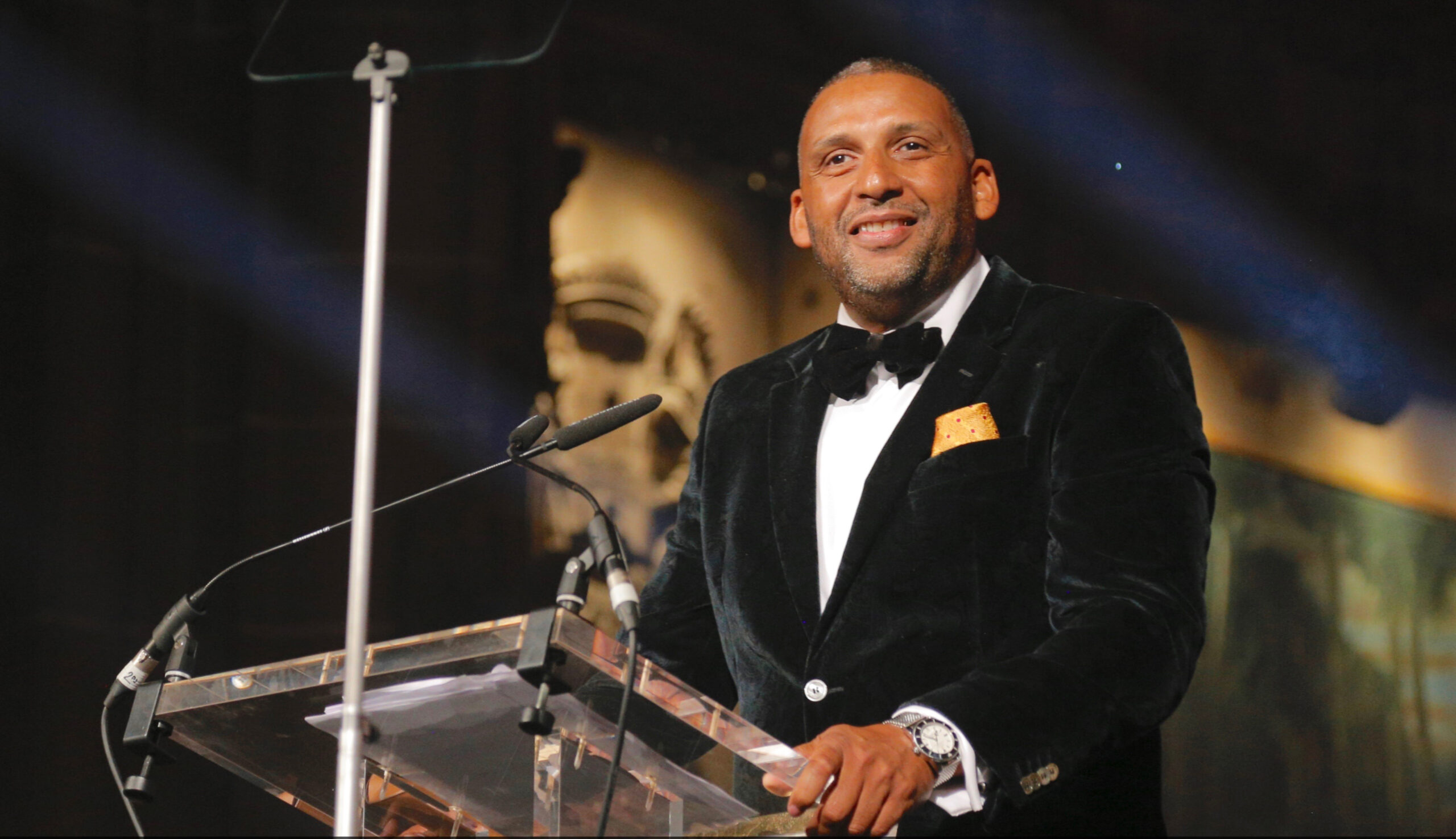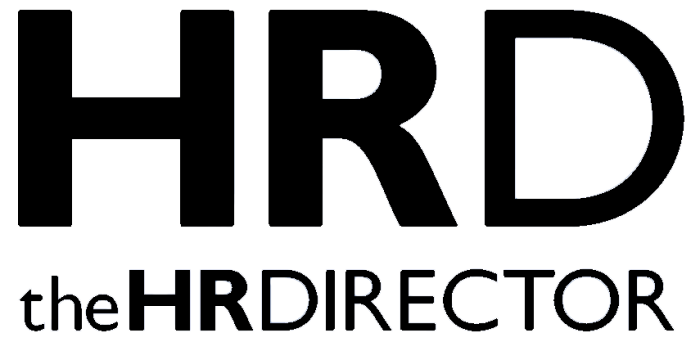Guess what? A label designed to be helpful and inclusive has achieved the, frankly unsurprising, distinction of being divisive. At a time when the very values and aims of EDI are being denounced, surely what we don’t need is a debate over whether or not a term used to bond people together is actually backfiring?
It’s important, however, because if we look closer at what is being said and why, we can see that ‘Global Majority’ does not have global support. Essential to acknowledge is that its aim is well-meaning and it is this aim which should be understood, even if the resulting term does not fit comfortably.
Inclusive Companies held a poll within our network, asking people their opinions on the term ‘global majority’. Here are the results:
- 33% said it was misleading and shouldn’t be used
- 29% said it was accurate and empowering
- 27% said it was a useful concept but not a good fit
- 11% were not familiar with the term
This mixed set of results has a pretty even split of opinion among those familiar with the term, meaning it’s definitely one to debate and discuss further. It works for some but not for others. It might be positive in one context but have the opposite effect in another.
Losing identity
This can be said of many ‘labels’ which attempt to group together components who have differences but share an overall collectiveness. In an attempt to bind together, the differences are discarded to create a homogenous group. On occasions, the homogenous group might be exactly what is needed to draw attention to a specific point.
However, there are clearly other occasions when using ‘global majority’ only succeeds in losing all important identity. But before we discard it, let’s consider why it has come to be in the first place
Global Majority – its history and meaning
‘Global Majority’ is the term used to refer to all ethnic groups except white British and other white groups, including white minorities. It includes people from black, Asian, mixed and other ethnic groups who are often racialised as ‘ethnic minorities’. And it is now being used as an alternative to persons of colour/ethnic minority/Black, Asian and Minority (BAME) or the term ‘visible minority’ which is used in Canada.
Let’s dig deeper. It is clear the term is used to show a difference from all white people. Why? Within the UK, white people form the majority, in terms of numbers. They also comprise the very clear majority when it comes to CEOs and senior leaders within organisations. And whilst many organisations are taking great strides to make their businesses more inclusive with far greater diversity in leadership positions, there is still a very long way to go before we achieve true equity.
As such, white people tend to dominate and will, therefore, have the lion’s share of the influence and decision-making. By using terms such as ‘majority’ and ‘minority’ there is an intrinsic communication of the former being more dominant, powerful and important and the latter suggesting a lesser importance and worth. This is unhelpful as the terms may be referring to the amount of people, but they also carry unfortunate connotations.
The term ‘Global Majority’ is, arguably, in place to make all people understand that whilst those who are non-white in the UK are in a minority in terms of numbers, the non-white collective accounts for approximately 85% of the global population. The world is a small place and a great many UK organisations are global players.
Perhaps the term ‘global majority’ can be seen as a kind of education to make us all realise something? However, by using the word ‘majority’ it’s not really helping a situation by addressing the negative connotations of set words in one field by using it in another.
Time to move on
The above point about the global make up serves only to group together all ethnicities who are non-white. Yet how is that really helpful? Perhaps a generation or so ago but it’s now time to move on.
EDI seeks to look at the individual and recognise their birth, heritage, gender, age, faith, sexuality, disability… All of these, and more, will shape a person. To simply say someone sits within a ‘Global Majority’ doesn’t look at the individual, their talents or their potential. If anything, it does exactly the opposite. And where the individual does belong to one or more protected characteristic groups, it is so important to listen to what the group is telling us.
Celebrating, not labelling, differences
A label such as Global Majority does have a place – but only in the most sweeping of generalisations. Maybe it can be helpful to remind people and society how the world’s population is comprised? But in today’s society, it should be made redundant. By grouping a vast amount of people of different ethnicities it loses any sense of communities, individuals and personalities. Our many differences should be recognised and celebrated. Not denigrated.
Furthermore, our differences need to be united so we can work and live together harmoniously and constructively. Realising that we can unite despite having different outlooks and approaches to life will make us collectively far, far stronger. Once we reach this point we will, indeed, have a global majority.









